Submitted by
 Yukang
Yukang
new
Get trending papers in your email inbox once a day!
Get trending papers in your email inbox!
Subscribe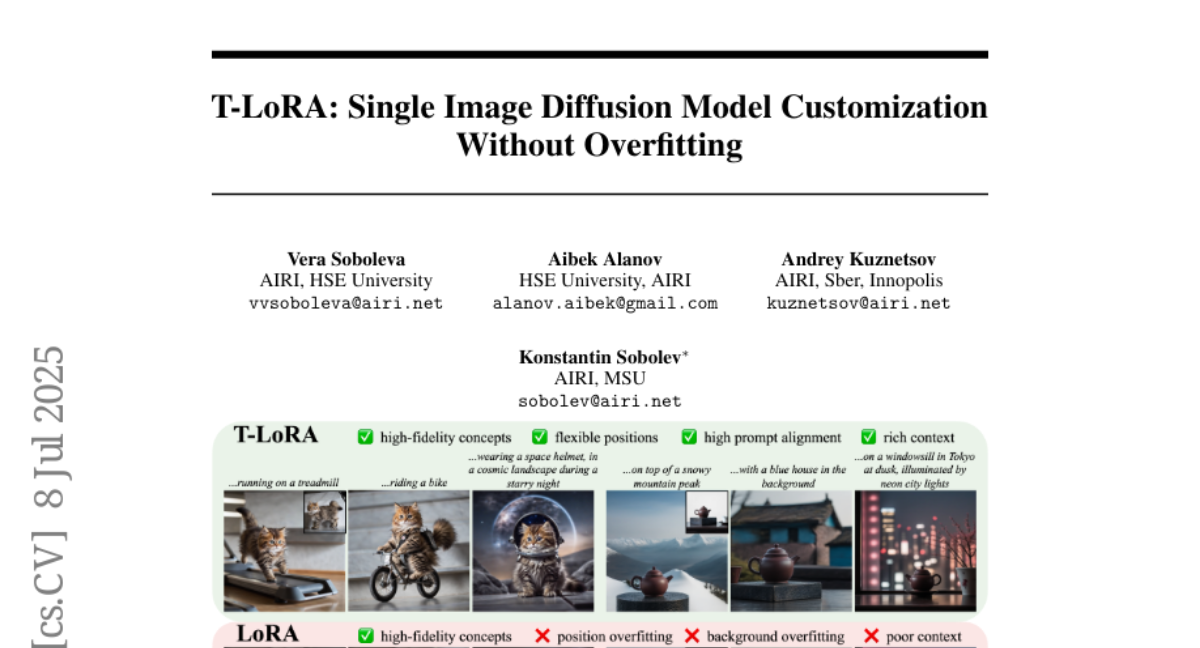
Submitted by
 ai-alanov
ai-alanov
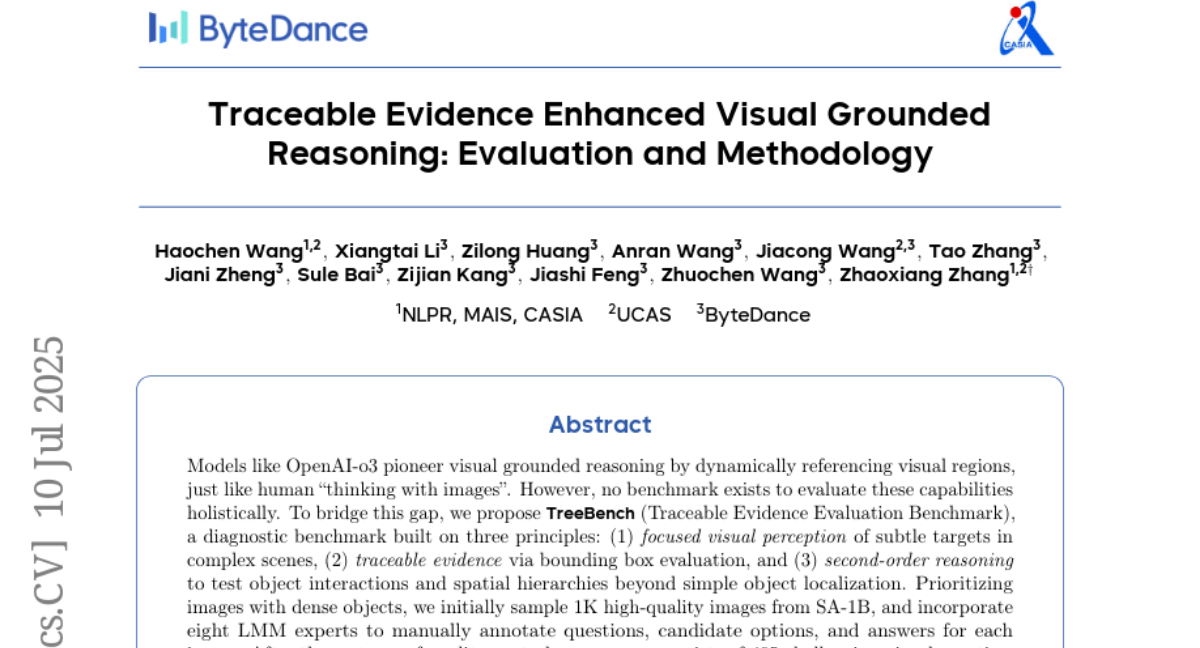
Submitted by
 HaochenWang
HaochenWang
Submitted by
 ChaimZhu
ChaimZhu
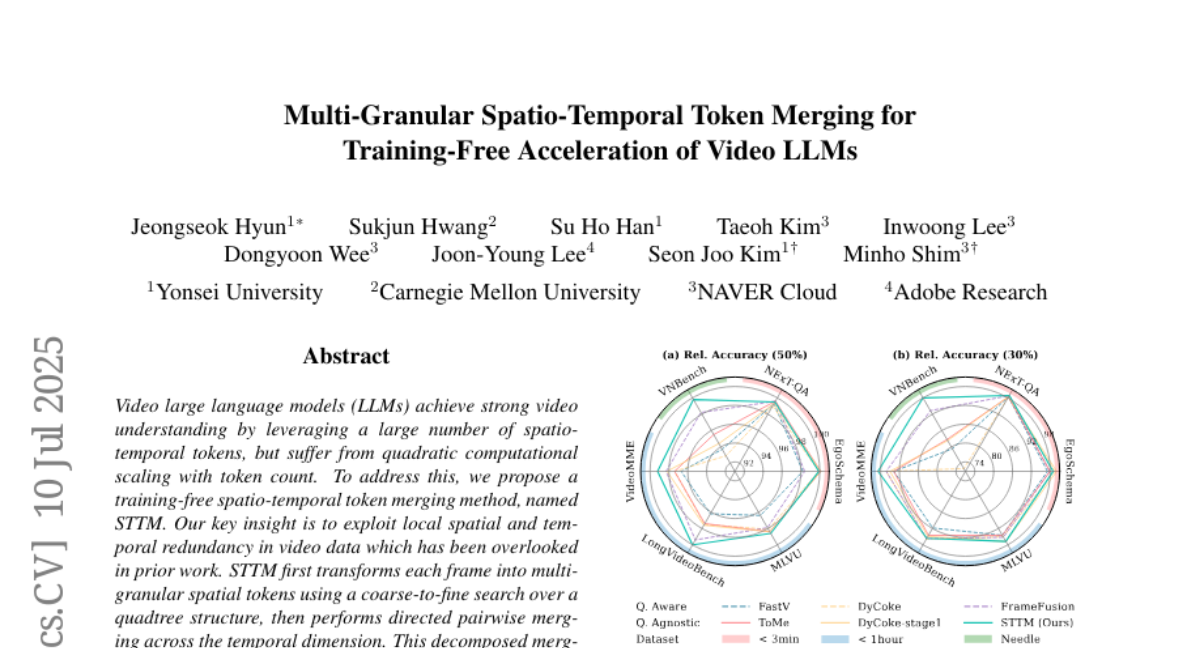
Submitted by
 js-hyun
js-hyun
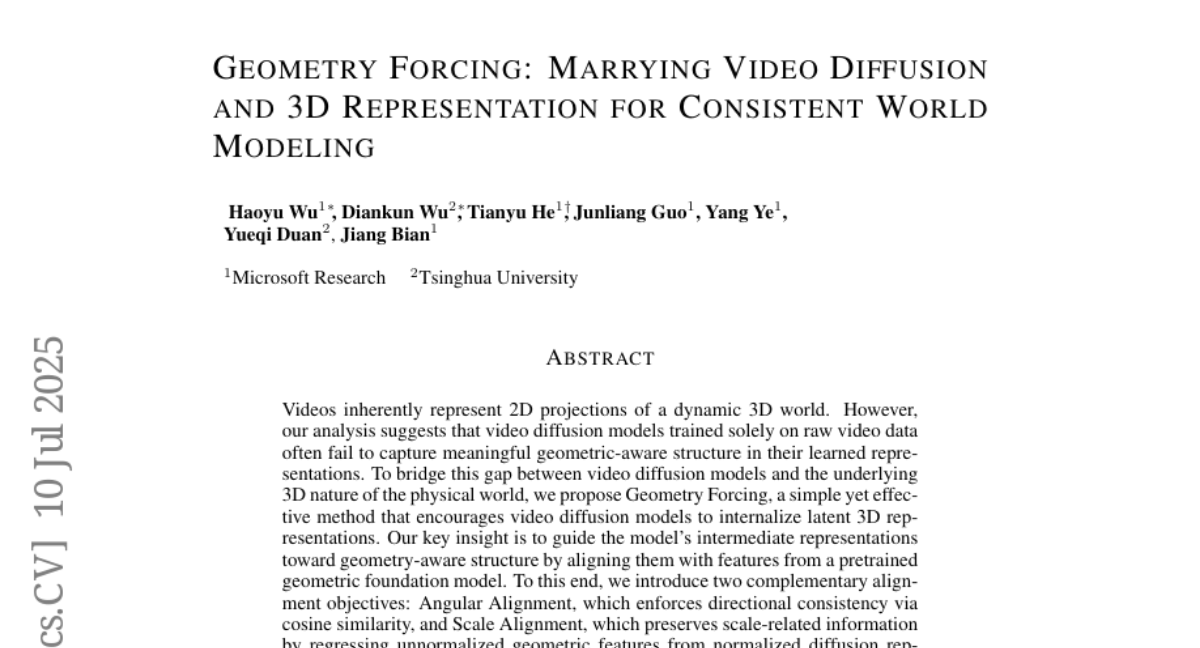
Submitted by
 Diankun
Diankun
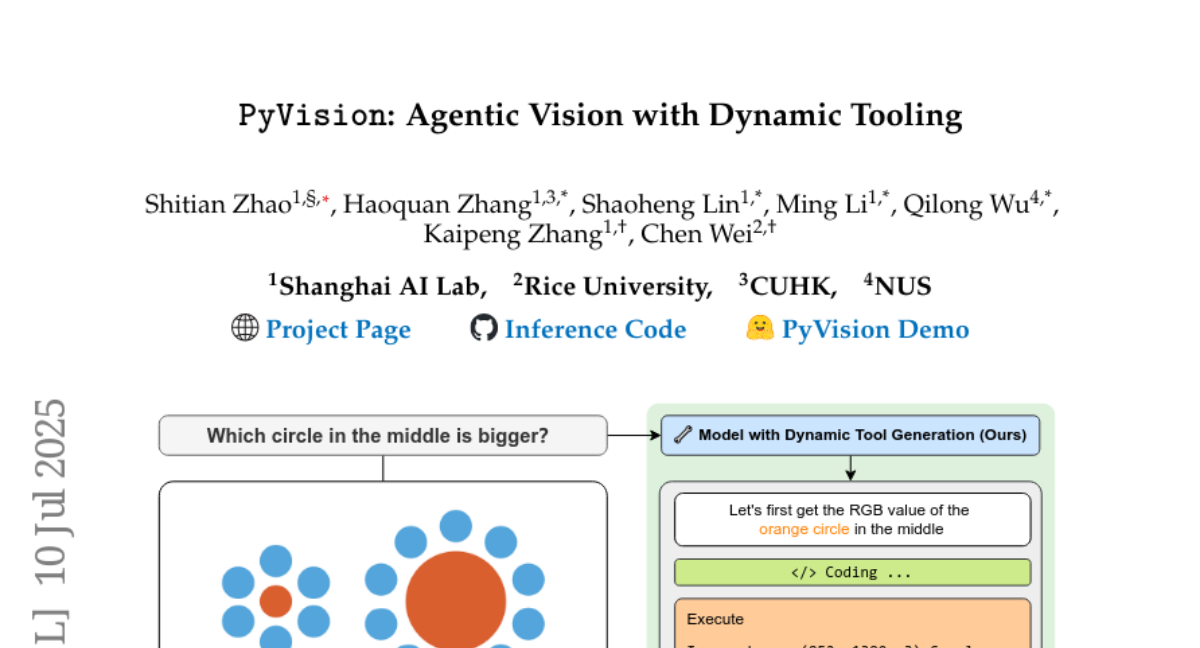
Submitted by
 stzhao
stzhao
Submitted by
 EthanTaylor
EthanTaylor

Submitted by
 Franck-Dernoncourt
Franck-Dernoncourt

Submitted by
 zhoutianyi
zhoutianyi
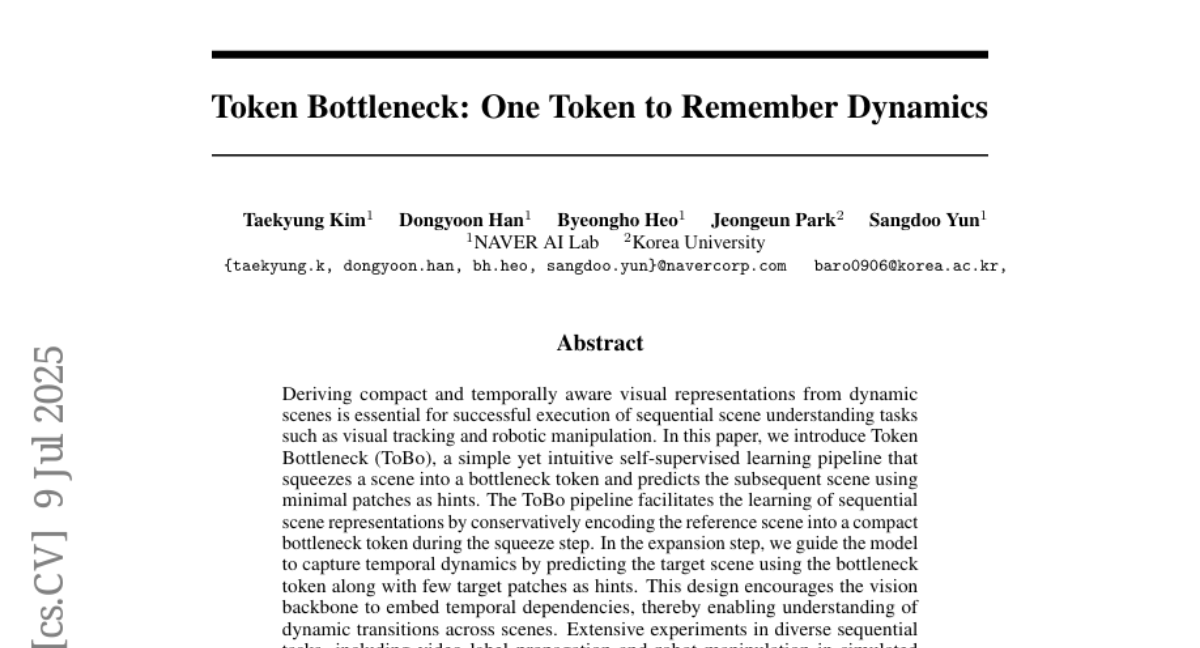
Submitted by
 bhheo
bhheo
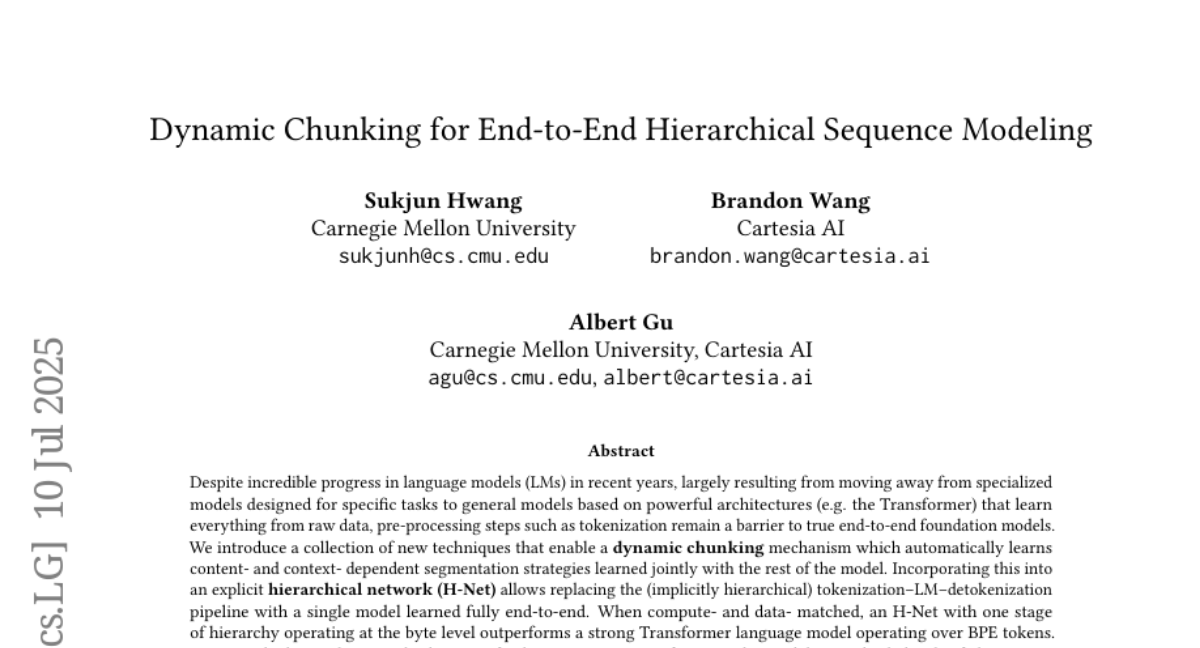
Submitted by
 SSamDav
SSamDav
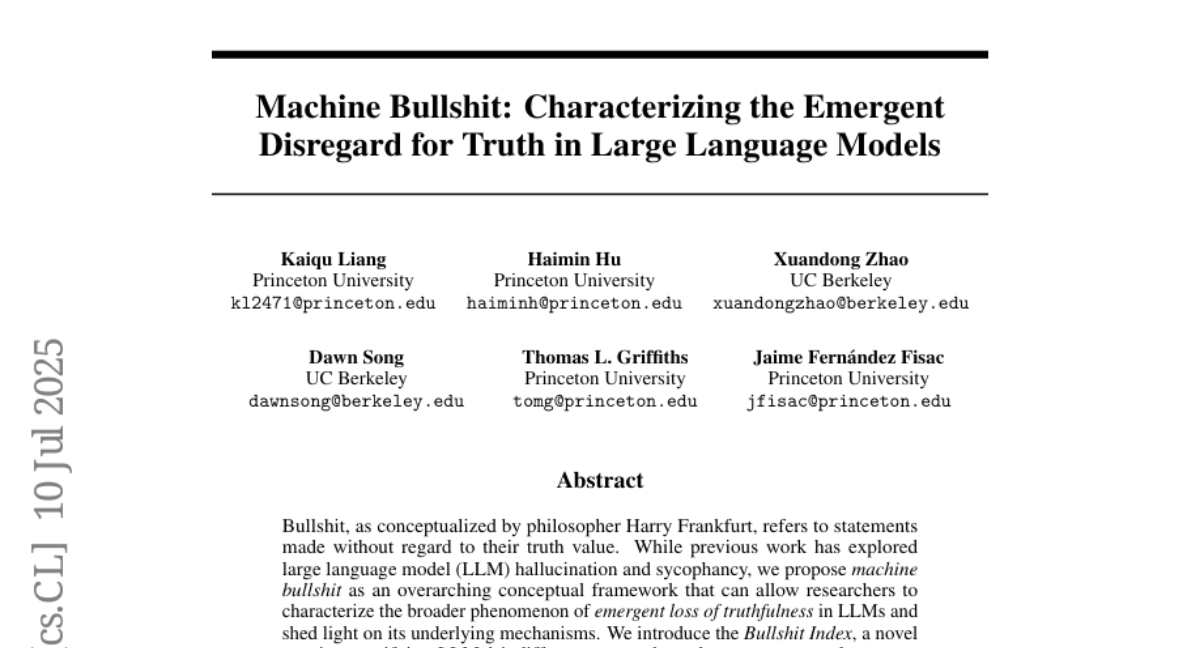
Submitted by
 Xuandong
Xuandong
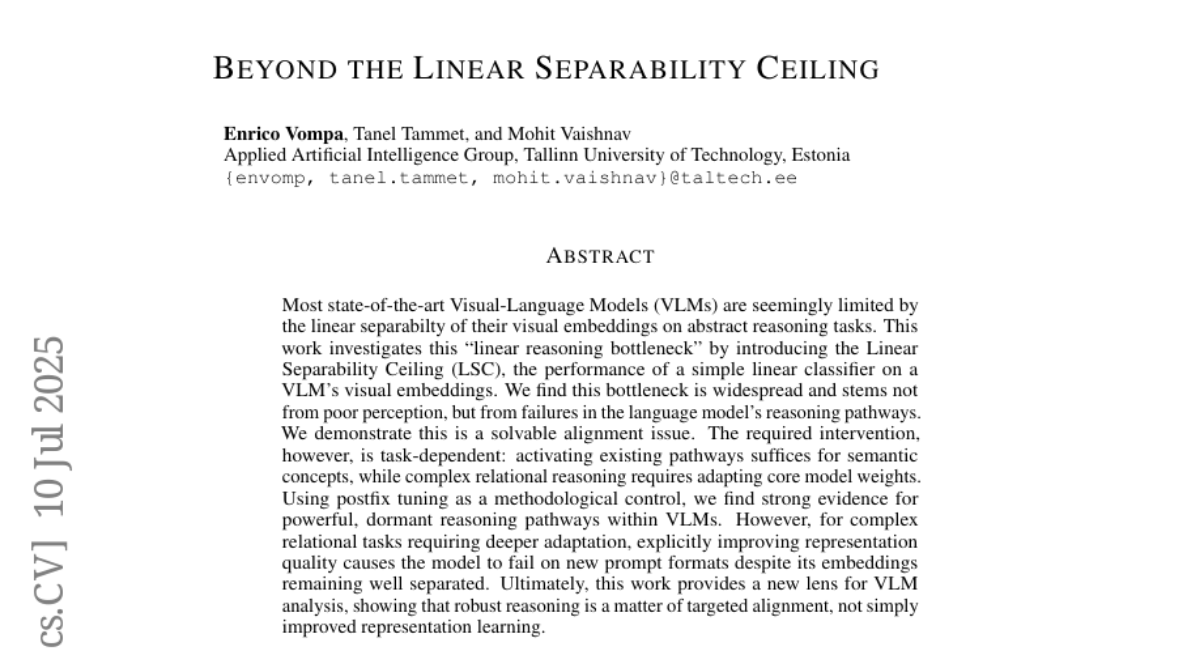
Submitted by
 envomp
envomp

Submitted by
 dbralios
dbralios
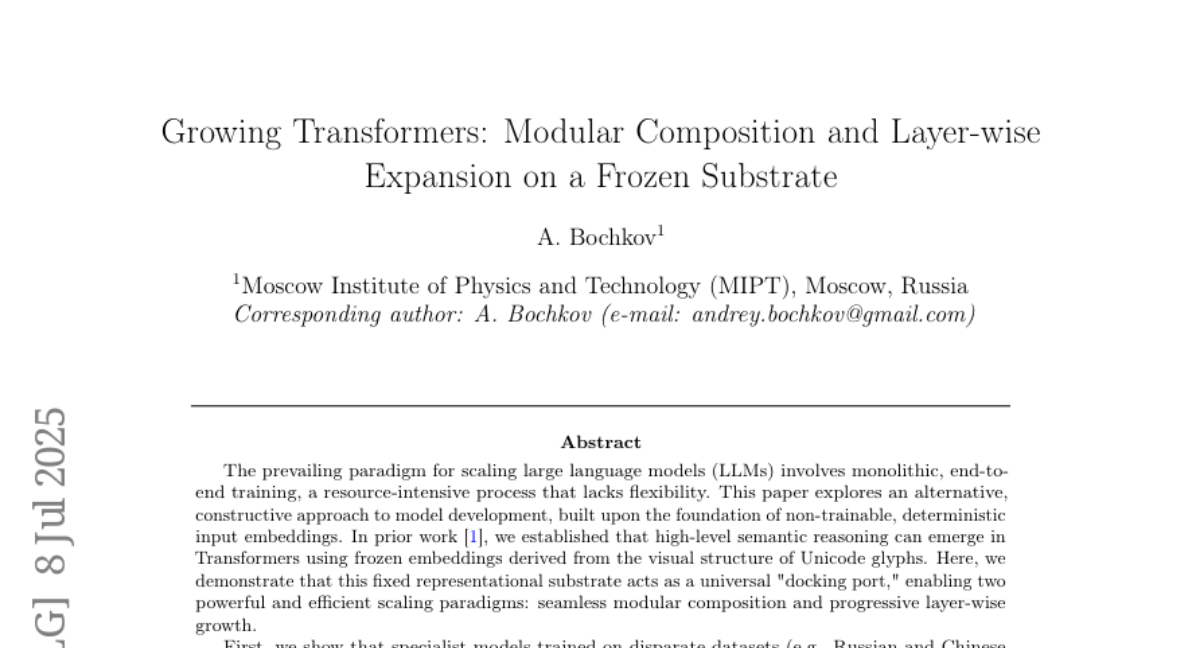
Submitted by
 Bochkov
Bochkov
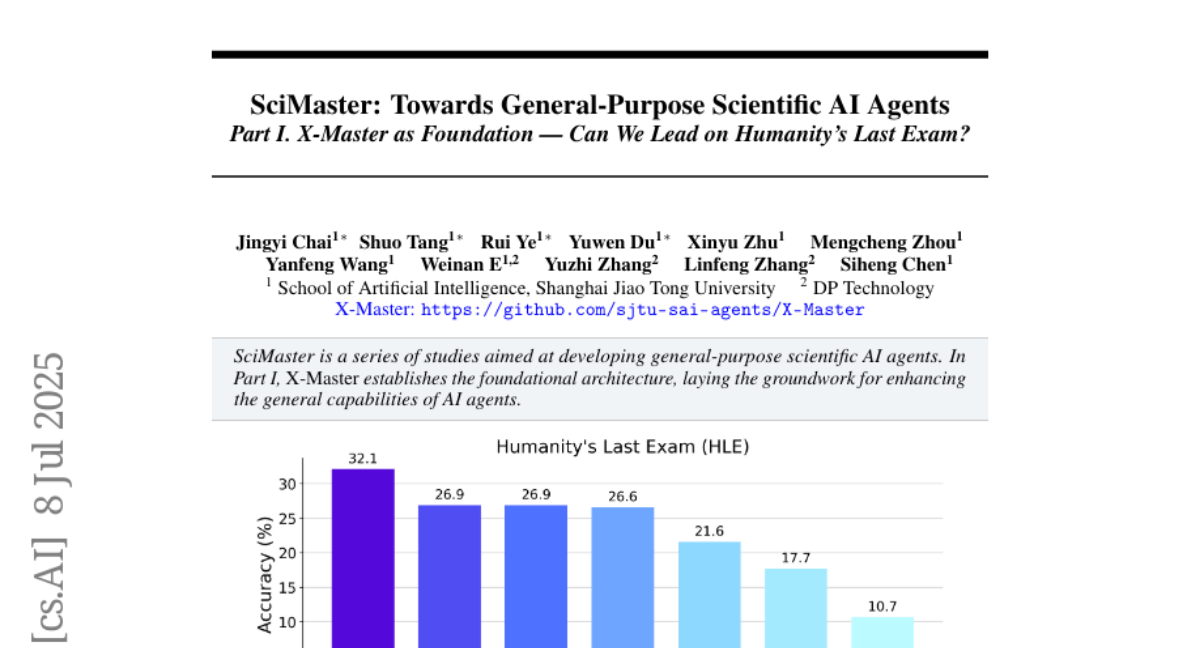
Submitted by
 xianbao
xianbao
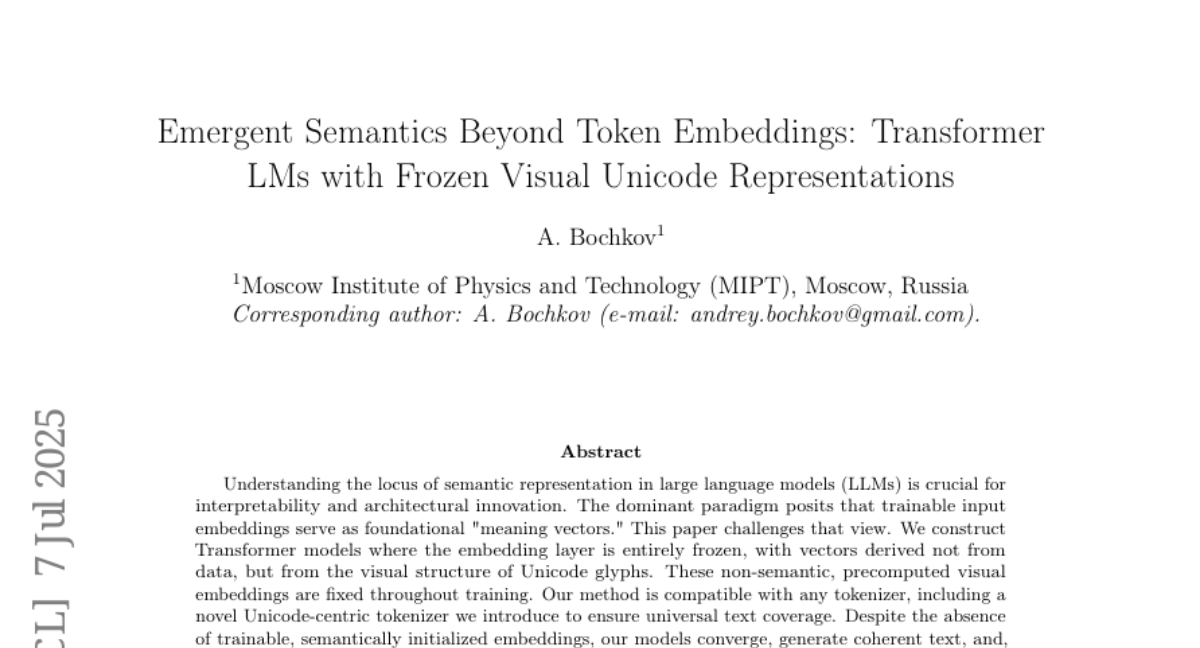
Submitted by
 Bochkov
Bochkov
